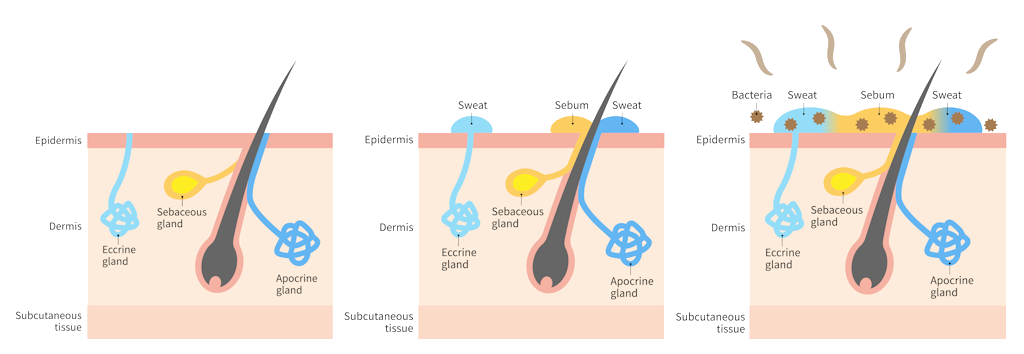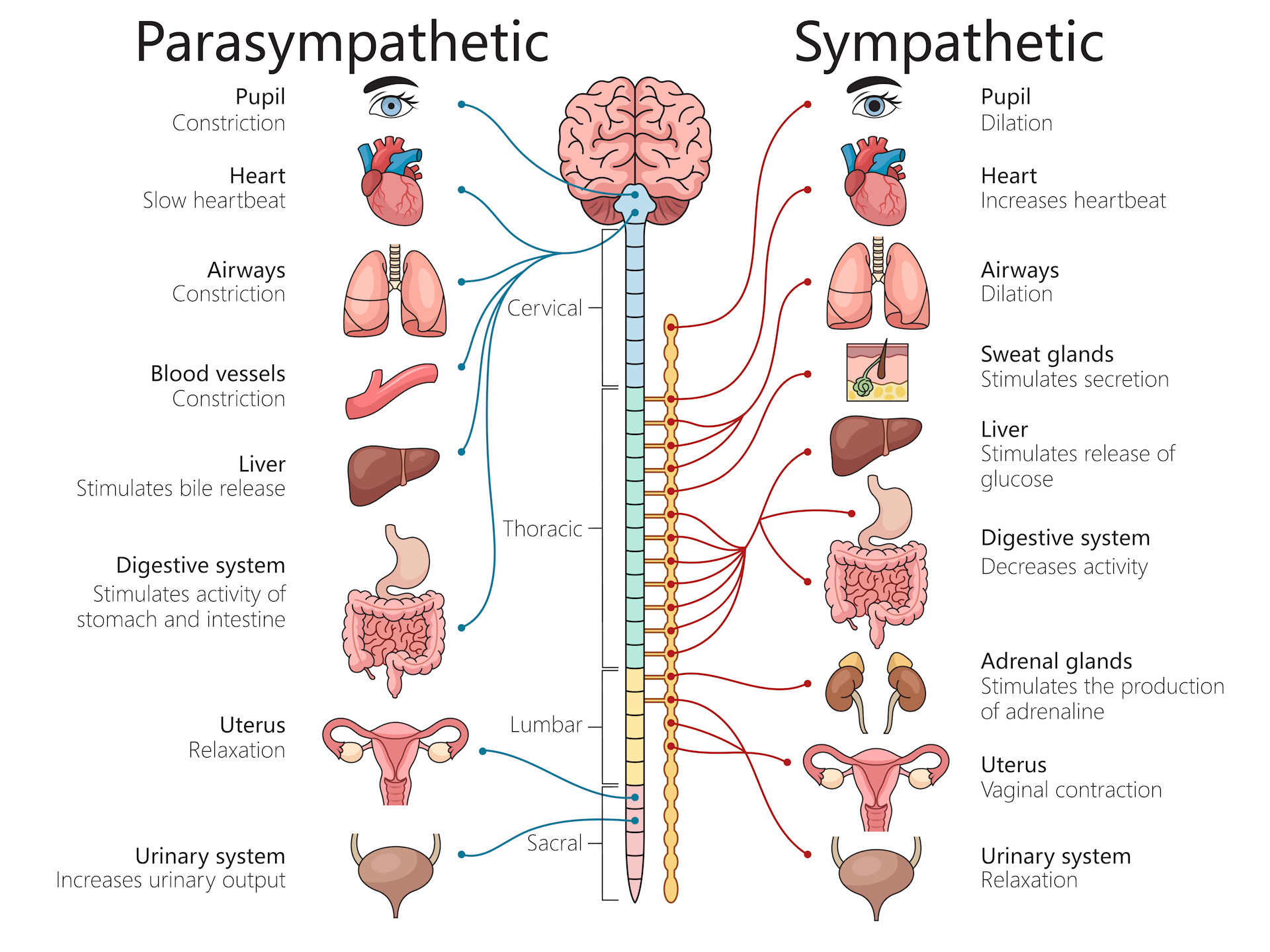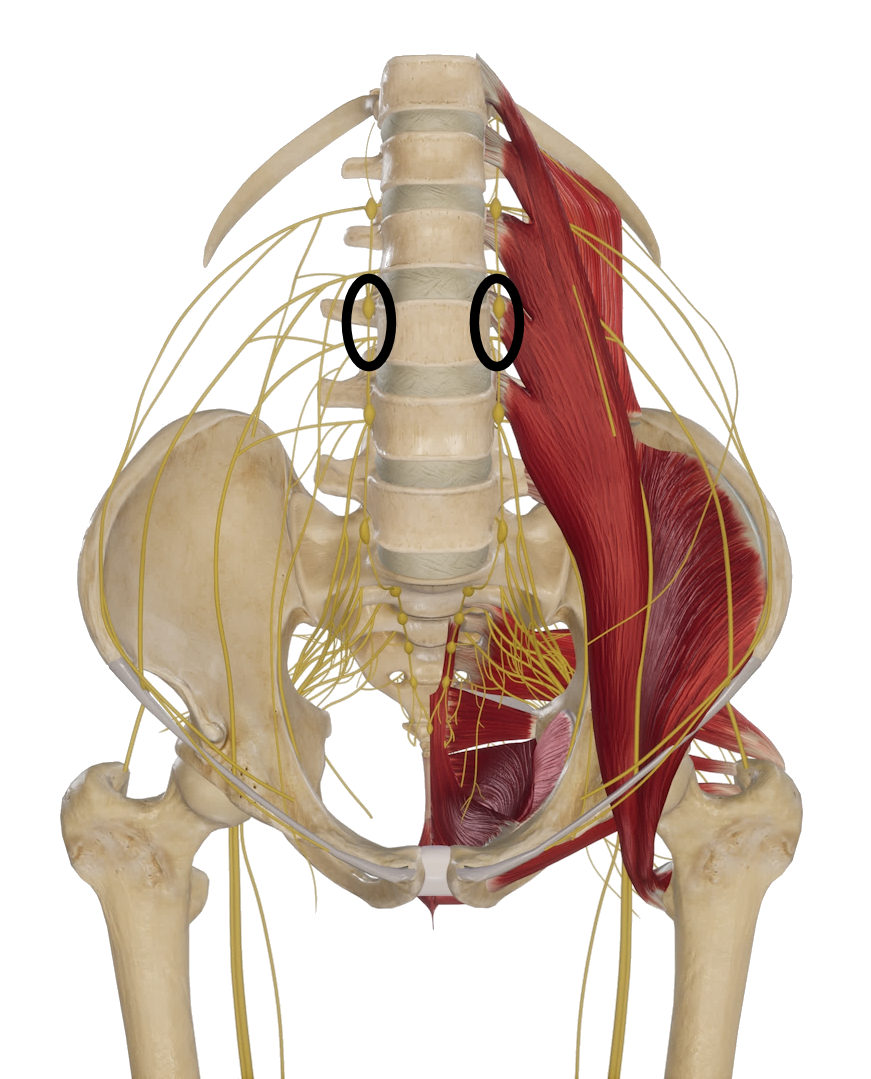Hyperhidrosis, or excessive sweating, can be a significant source of discomfort and embarrassment for many people. It occurs when the body's sweat glands produce an abnormally large amount of sweat. While everyone sweats! Hyperhidrosis is a condition characterized by excessive sweating beyond what is necessary for thermoregulation (keeping your body temperature). This condition can significantly impact a person’s quality of life, leading to social, emotional, and occupational challenges.
If you are experiencing excessive sweating, it is important to consult with your GP or dermatologist to determine the underlying cause and discuss appropriate treatment options. Dr Giri Mahadevan provides surgical interventions for hyperhidrosis for patients that have failed other interventions. With the right approach, hyperhidrosis can be effectively managed.
The Hyperhidrosis Disease Severity Scale is used to categorise how significantly it affects you.
“How would you rate the severity of your hyperhidrosis?”- My sweating is never noticeable and never interferes with my daily activities
- My sweating is tolerable but sometimes interferes with my daily activities
- My sweating is barely tolerable and frequently interferes with my daily activities
- My sweating is intolerable and always interferes with my daily activities
Hyperhidrosis is commonly divided into two categories. Primary hyperhidrosis is without a causative reason and affects the hands, underarms, face and feet. And secondary hyperhidrosis in which excessive sweating is caused by an identified reason such as overactive thyroid or anxiety. Secondary hyperhidrosis generally affects more parts of the body.

Treatment options are usually used in a stepwise fashion from simple interventions to more involved procedures.
Lifestyle changes
Smoking, vaping, and heated tobacco products contain nicotine. Nicotine is strong and addictive stimulant and causes sweating. If you use any of these products, the first step is to stop using them. Not only will you see benefits within a few days of reduced sweating. Your overall health will be greatly improved.
Alcohol causes sweating. This is especially a cause of excessive sweating if you consume alcohol on a regular basis. You will need to stop drinking alcohol for several weeks to see how much it is contributing to your sweating.
Caffeine is a common stimulus for sweating. Caffeine is found in coffee, tea, certain soft drinks and dark chocolate. Try caffeine free products as an easy substitution.
Energy drinks are potent cause of sweating. Majority of these drinks contain large amounts of caffeine. They also contain other stimulants which cause sweating. While most will advertise these ingredients to be natural stimulants to keep you alert, they are likely to cause excessive sweating as well.
Spicy food which contains capsaicin (chilli) is known to cause sweating when consumed. Though the effect is more transient than the above mentioned items. Avoid them if you find you are sensitive to it.
Stress in your life can exacerbate sweating. While it is not possible to exclude yourself from stress, having an outlet to manage it can be very helpful. While it varies from patient to patient on what is useful. Generally, exercise and relaxation techniques along with conversation with others are helpful.
Wear loose fitting absorbent clothes made from natural fibres like cotton, which are more likely to help you regulate your body temperature.
Exclude other causes
Certain medications can cause excessive sweating as a side effect. Common medications include serotonin based antidepressants.
Underlying medical conditions like overactive thyroid, infection or tumours can also be the reason for sweating.
Sometimes, it is normal part of hormonal change like with menopause.
Antiperspirants
These are the first line of treatment for sweating. Make sure you use a product with an antiperspirant rather than deodorant alone. They can be effective and safe to use long term. Many patients will require reapplication of the product. It is effective for armpits, feet and body. Palmer (hands) sweating can be an issue as gets washed off.
Aluminium based products give the best results. Please check the label for the active ingredients. Highly potent Aluminium Chloride cream (20% strength) can be applied at night time over affected areas to provide relief the following day. This is not readily available in New Zealand, and can cause skin irritation in some patients.
Iontophoresis
This involves passing a weak electrical current through water to temporarily block sweat glands. It is often used for hand and foot hyperhidrosis. There are now pad for armpits as well.
The machine will need to be purchased either through international sites or trading platforms in New Zealand. The machine consists of trays which are filled with water. You place your hands or feet in them. The machine passes a low voltage current through the water. The amount of electricity is controlled. You can start with low setting and increase until it is effective. Sessions take from 10 minutes to 30 minutes. Most patients will need to use it 3 to 4 times a week for effective relief.
Its main advantage is that is drug free and does not cause the irritation that some patients develop with antiperspirants. It is not effective for face or truncal hyperhidrosis.
Botox injections
Botulinum toxin injections can block the nerves that stimulate sweat glands, providing relief for 6 to 9 months. They are highly effective in the armpits. Application in sensitive areas like hands is patient dependant on how well they tolerate it. Many patients try this to see how effective it is to live without sweating! However, long term costs are a factor especially in young patients.
Microwave treatment
This uses microwave energy to destroy the sweat glands in your armpit. It is shown to be effective and long lasting compared with Botox and other interventions. Currently, it is limited to treating armpits.
Oral medications
There are no medications designed to stop excessive sweating. We can use certain drugs for their side effects which cause dry skin. Common drug trialled is Oxybutynin, an antimuscarinic drug, which is used primarily for urinary frequency and incontinence. It has a side effect which causes reduced sweating. This can be effective in patients if they tolerate it.
There are new medicated wipes, Glycopyrronium topical cloth, which is not available in New Zealand yet that has shown to achieve dry skin without having to take a tablet.
Other oral medications that can be trialled are beta-blockers and calcium channel blockers.
Surgical apocrinectomy
This surgical procedure is performed under anaesthetic for armpit sweating only. It involves cuts in the armpits and removing the sweat gland under the skin. Patients are in hospital overnight and will take several weeks at home to recover. Post procedure recovery will require regular pain relief for the discomfort. There can also be issue with wound healing and scaring that can prolong recovery.
Once recovered it provides a long-term solution for armpit sweating.
Surgical sympathectomy
Surgical sympathectomy is cutting the sympathetic nerves that supply the sweat glands. There are three general types of nerves in our hands and feet. Motor nerves that cause muscle to contract and move your limbs. Sensory nerves that send information back to brain regarding touch, pain, heat, and position of your limb. The third type is the autonomic system. The autonomic system has two components sympathetic which is often referred to as flight / fight nerves which causes sweating among other things. The other component is the parasympathetic nerves which do the opposite. Below is a simplified diagram showing the two systems in our bodies.

Surgical sympathectomy involves cutting sympathetic nerves that specifically go to the hands or feet. Historically, they were big operations with large cuts, serious complications, and long recovery. In modern times, small keyhole surgery has replaced the big operations. The modern techniques are significantly safer and offer faster recovery. The interruption of the sympathetic nerves to the hands are face are performed in the chest. Therefore, the operation is called thoracoscopic sympathectomy. The sympathetic nerves that need interruption for the feet, are located in the abdomen. Hence, the operation is call laparoscopic lumbar sympathectomy.
Endoscopic thoracic sympathectomy (ETS)
This procedure is performed mainly for sweating from hands (palmer hyperhidrosis) and lesser extent facial and axillary (armpit) sweating. It is also referred to as thoracoscopic sympathectomy. It is a surgical procedure performed under anaesthetic. Small telescope and instrument are placed inside your chest and the nerves are cut under direct vision. Usually only two levels of nerves are divided to provide relief for the hands and face. Patients stay overnight and will have pain in their ribs for several weeks. It is hight effective long term solution especially for sweaty hands.
There are risks with any surgical procedures and Dr Giri Mahadevan will be able to advice you appropriately. Two complications to consider are compensatory hyperhidrosis. This occurs in up 50% of patients where they sweat from their body or feet more than prior to surgery. The other complication is rare, but significant, is Horner’s syndrome. This is when you develop droopy eyelids, and dry eyes. Both complications cannot be reversed if they occur.
This procedure is usually only offered after non surgical options have been tried and patients are still experiencing considerable distress from their sweating.

Laparoscopic Lumbar Sympathectomy
This procedure is performed for sweating affecting the feet. It is performed under general anaesthetic. Three small cuts are made on each side of the abdomen. Usually, the left side is performed first. Using the camera and two instruments the sympathetic chain is identified and divided at L2 and L3 levels. The camera and instruments are then removed, and same procedure performed on the right side. Patients stay overnight and go home the following day. There will some pain for several weeks in the abdomen. It is highly effective long term solution.
Lumbar sympathectomy has risks associated with it. Like thoracoscopic sympathectomy, 50% of patients report compensatory hyperhidrosis. This is when they notice sweating more elsewhere in the body. Historically this operation is associated with retrograde ejaculation in men and vaginal dryness in women. However, more limited modern technique reduced the incidence of these complications.
This procedure is usually only offered after non surgical options have been tried and patients are still experiencing considerable distress from their sweating.
